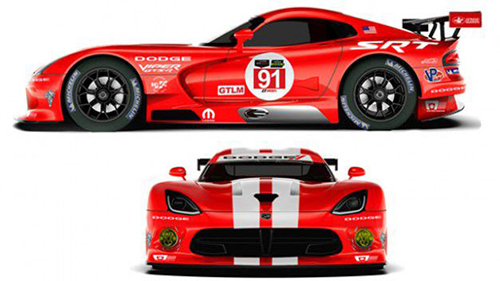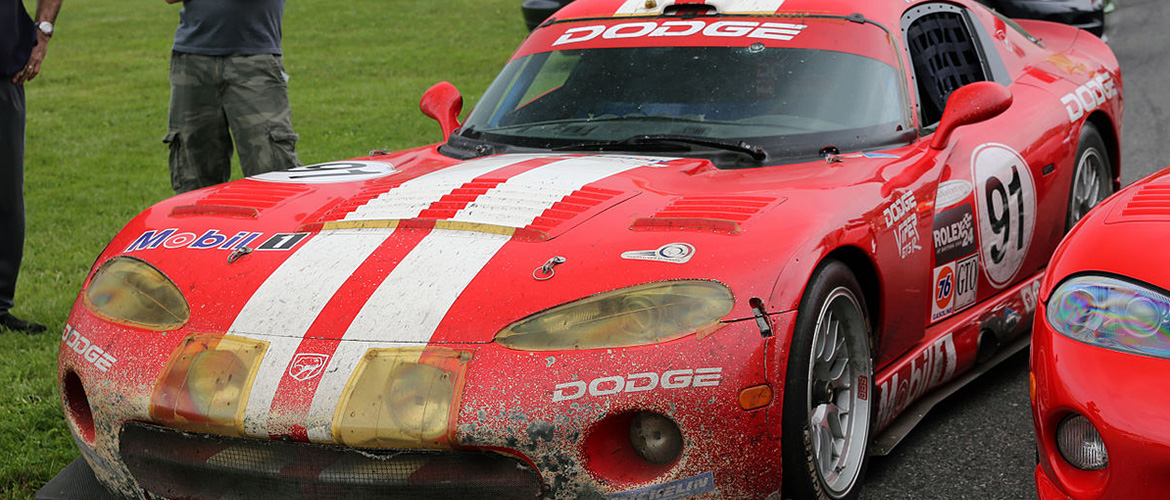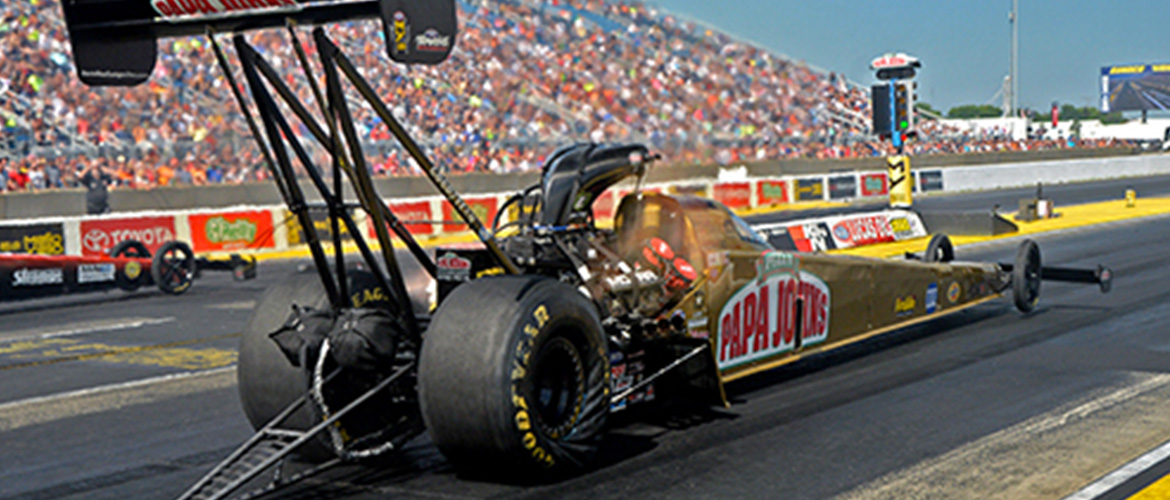Where Are They Now? 2000 Dodge Viper GTSR
7 years ago Heritage
I’m writing this story over Memorial Day weekend. For racing fans, that Sunday is the biggest of the year: Formula 1 races at Monaco, then there’s the Indy 500 and finally NASCAR’s Coca-Cola 600, making it the kind of day where you don’t have to get off your couch for much more than a refill of your nachos. But each of those races is also full of motorsports history and that got me thinking about Dodge’s history in racing…specifically, where are those famous cars today?
In the year 2000, the Dodge Viper was racing in the Grand American Road Racing Series’ GTO category for production-based cars. It’s the equivalent of today’s IMSA Weathertech Series GTLM class. As is the case now, the production-based cars were topped by prototype racers: purpose-built racecars that are the fastest things on track. But that year, there was a change in the tide. 79 cars started the 24-hour race and one of the top Ferraris was out with a broken transmission on lap 2. Porsche debuted their new water-cooled 911 in the GTU class and had a number of engine failures. The overnight was uncharacteristically cold with temperatures in the mid 30s. As cars continued to have problems, the Dodge Vipers moved to the front. Don’t get me wrong, it wasn’t easy: Viper driver Olivier Beretta was fighting Chicken Pox (can you imagine that?!) and needed medical attention just before sunrise. Karl Wendlinger took over for the final run to the checkers, and in the last couple hours, the car’s top gear started to show signs of trouble. Would it last? The factory Corvette team wasn’t exactly laying down either; Ron Fellows was pushing hard in the final stint, but he didn’t have enough…after 24 hours, the #91 Dodge Viper crossed the finish line first, 32 seconds ahead of the Chevy. At the time, that was the closest finish in Daytona 24 Hour history!
Viper went on to have a dominant year in 2000, winning their class at LeMans and the season championship in the American LeMans Series, but that actual car never raced again.

So where is that Daytona winning car now? We have it! In fact, it occasionally gets to come out for special events. You’ve seen that car on display at the Carlisle Chrysler Nationals, Spring Festival in California and at a handful of motorsport events. What’s even more special is that the car is exactly as it was at the end of the race: it’s never been washed, the paint is totally sandblasted from 24 hours on track and there’s even a big “bullet hole” in the windshield from debris.
In 2012, Ralph Gilles, Head of Design at FCA, got to drive that actual car at Daytona to celebrate the 50th running of the race. He told me about the work needed to get the car out of mothballs and mentioned they rebuilt calipers, replaced all the fluids, added new tires, replaced the fuel cell bladder and fuel lines, replaced the plugs and checked the setup. Other than that, the car fired right up after all those years. So, what’s it like to wheel a piece of motorsports history? “The car was as easy to drive as a street car with the exception of a crazy quick rack like nearly 1-1 lock to lock!” said Ralph. “The power was all still there and I put it to good use passing nearly the whole field on the parade lap. Then, I sheepishly slowed down realizing it was probably a billion dollar parade! With all these priceless machines surrounding me, it was as much of a thrill to drive the GTS-R as it was to behold all these masterpieces of engineering and knowing they were all the best of their classes and eras. To have our Viper in that ilk and a permanent part of the world class ALMS racing folklore and history is the definition of awesome!”
We paid tribute to that famous car in 2014 when the Gen 5 GTSR was racing in the Tudor series; both factory cars wore that famous red with white stripe livery.
Conner Avenue Assembly Plant, the home of the Viper, is being transformed into Conner Center, a corporate meeting space and museum for our most coveted cars. That’s great news, meaning this famous Viper has a permanent home while never forgetting its impact on Dodge’s history.




